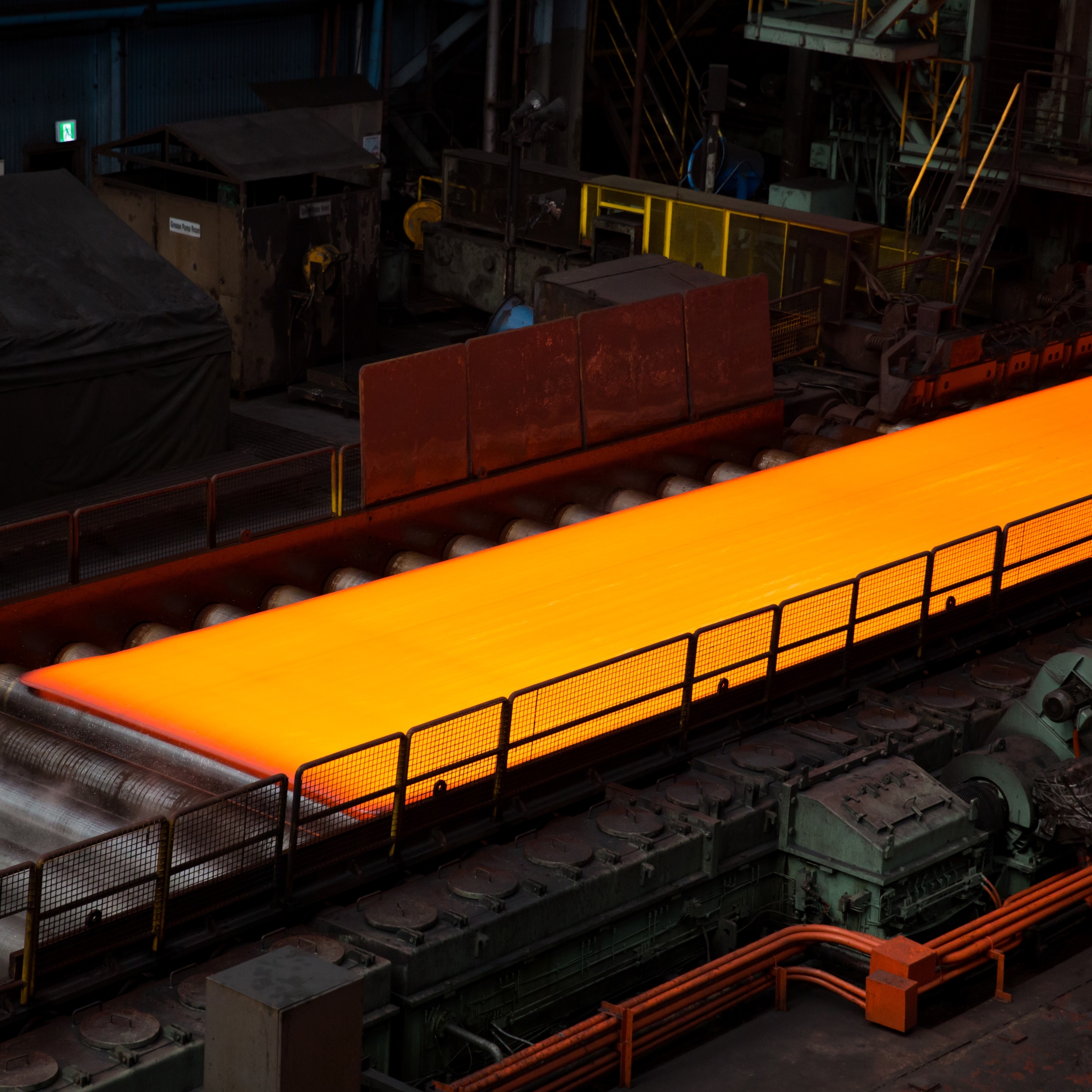ASTM A203/203M Nickel-Alloy Steel Plates for Pressure Vessel
ASTM A203/A203M nickel-alloy steel plates are engineered for use in pressure vessels and storage tanks that require exceptional performance at low temperatures. These steel plates, available in multiple grades such as A, B, D, E, and F, are renowned for their excellent toughness, ductility, and weldability, making them ideal for critical applications in industries such as petrochemical, chemical processing, and energy. With a chemical composition that includes nickel, these plates provide superior resistance to brittle fracture and high mechanical strength, ensuring reliability and safety in cryogenic environments. ASTM A203/A203M plates are commonly used in the construction of cryogenic storage tanks, pressure vessels, and transport equipment for liquefied gases, where maintaining structural integrity at sub-zero temperatures is paramount. By adhering to rigorous quality standards, these nickel-alloy steel plates deliver durable and efficient solutions, making them a preferred choice for manufacturers and engineers working with low-temperature applications.
Chemical Composition of ASTM A203/203M Nickel-Alloy Steel Plates for Pressure Vessel
| Element |
Grade A (%) |
Grade B (%) |
Grade D (%) |
Grade E (%) |
Grade F (%) |
| Carbon (max) |
0.17 |
0.12 |
0.13 |
0.12 |
0.12 |
| Manganese |
0.70-1.00 |
0.70-1.00 |
0.70-1.00 |
0.70-1.00 |
0.70-1.00 |
| Phosphorus |
0.025 |
0.025 |
0.025 |
0.025 |
0.025 |
| Sulfur |
0.025 |
0.025 |
0.025 |
0.025 |
0.025 |
| Silicon |
0.15-0.40 |
0.15-0.40 |
0.15-0.40 |
0.15-0.40 |
0.15-0.40 |
| Nickel |
3.25-3.75 |
3.25-3.75 |
3.25-3.75 |
3.25-3.75 |
3.25-3.75 |
| Molybdenum |
0.45-0.60 |
0.45-0.60 |
0.45-0.60 |
0.45-0.60 |
0.45-0.60 |
Mechanical Properties of ASTM A203/203M Nickel-Alloy Steel Plates for Pressure Vessel
| Property |
Grade A |
Grade B |
Grade D |
Grade E |
Grade F |
| Tensile Strength (MPa) |
485-620 |
585-725 |
585-725 |
620-760 |
620-760 |
| Yield Strength (MPa) |
275 |
345 |
345 |
415 |
415 |
| Elongation in 2 in. (%) |
22 |
20 |
20 |
18 |
18 |
Specification
| Standard |
ASTM A203/203M Nickel-Alloy Steel Plates for Pressure Vessel |
| Steel Grade/Material |
A, B, D, E, F |
| Dimension |
T 5-350mm × W 900-4100mm × L 3000-25000mm |
| Packing |
Packed with steel-framed plywood pallets |
| Supply Conditions |
AR = as-rolled TM = thermo-mechanical controlled processing CR = controlled QT = quenched and tempered N = normalized |
| Place of Origin |
Made in China |
| MOQ |
50 Tons |
| Transportation |
Railway, By Sea |
Applications of ASTM A203/203M Nickel-Alloy Steel Plates for Pressure Vessel
ASTM A203/203M nickel-alloy steel plates are specially designed for use in pressure vessels and cryogenic storage tanks that operate at low temperatures. These plates offer excellent toughness, ductility, and weldability, making them ideal for demanding applications in various industries.
Cryogenic Storage Tanks: Used in the construction of storage tanks for liquefied gases, such as liquefied natural gas (LNG) and liquefied petroleum gas (LPG), where maintaining structural integrity at extremely low temperatures is crucial.
Pressure Vessels: Ideal for fabricating pressure vessels that operate in low-temperature environments, ensuring safety and durability in industries like petrochemical and chemical processing.
Transport Equipment: Employed in the manufacturing of transportation equipment for cryogenic liquids, such as tanker trucks and railcars, which require high strength and toughness at sub-zero temperatures.
Aerospace Industry: Utilized in aerospace applications where components are exposed to cryogenic conditions, necessitating materials with excellent mechanical properties and resistance to brittle fracture.
LNG Terminals: Applied in the construction of LNG import and export terminals, ensuring reliable performance and safety in facilities handling cryogenic materials.
Oil and Gas Industry: Used in offshore and onshore oil and gas facilities where low-temperature toughness and resistance to fracture are essential for equipment exposed to extreme environmental conditions.
Heat Exchangers: Suitable for heat exchangers that operate in cryogenic environments, providing efficient thermal conductivity and mechanical stability.




